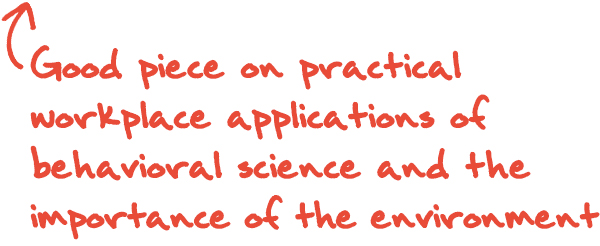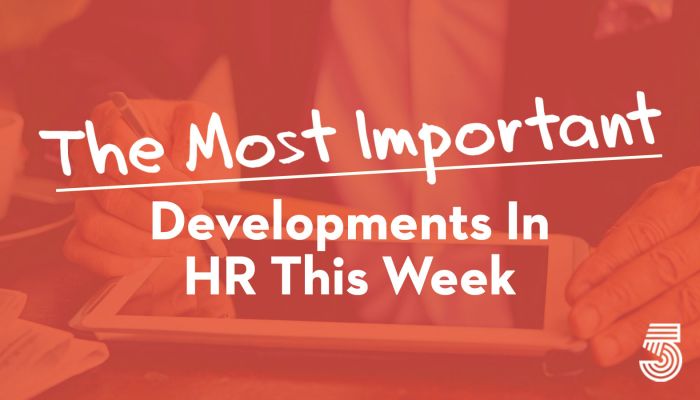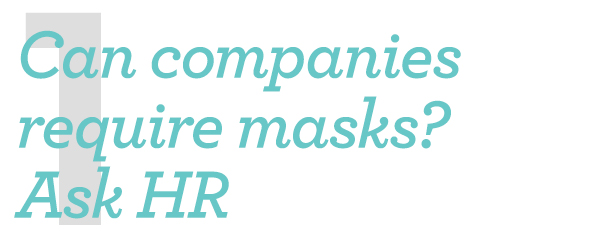
There’s a new HR Q&A series in USA Today with Johnny Taylor, the head honcho at SHRM. This week’s question was about whether employers can require employees to wear masks at the office. Johnny’s answer: Yes, employers may absolutely require workers to wear masks. The Equal Employment Opportunity Commission (EEOC) states employers can require employees to wear masks, or other protective clothing such as gloves and gowns, during a pandemic. Depending on where you live, masks might be required for everyone in public, or, perhaps, just customer-facing employees. However, some individuals are exceptions to such rules. For example, if you have a medical condition that is exacerbated by wearing a mask; or, if it interferes with your ability to perform your job or poses a threat to your safety (i.e., getting caught in machinery, catching on fire, etc.). Talk with your supervisor and discuss possible accommodations. Otherwise, you will need to wear one. USA Today

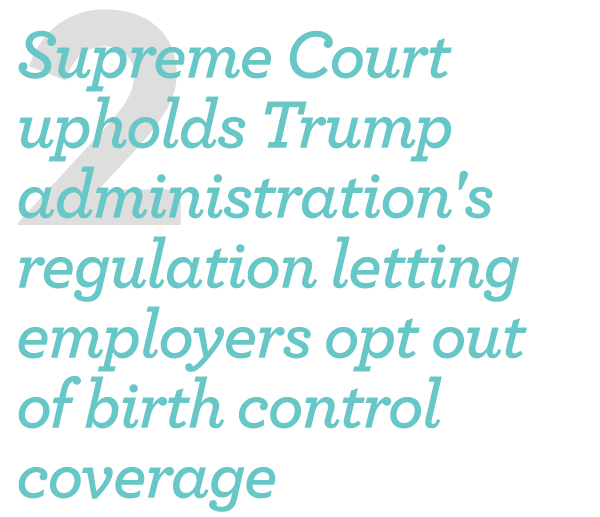
The Supreme Court on Wednesday upheld a Trump administration regulation that lets employers with religious or moral objections limit women’s access to birth control coverage under the Affordable Care Act and could result in as many as 126,000 women losing contraceptive coverage from their employers. The 7-to-2 decision was the latest turn in seven years of fierce litigation over the “contraception mandate,” a signature initiative of the Obama administration that required most employers to provide cost-free coverage for contraception and that the Trump administration has sought to limit. The clash between contraceptive coverage and claims of conscience is a key battleground in the culture wars, and the Supreme Court’s decision is likely to mobilize voters on both sides of the divide. The New York Times

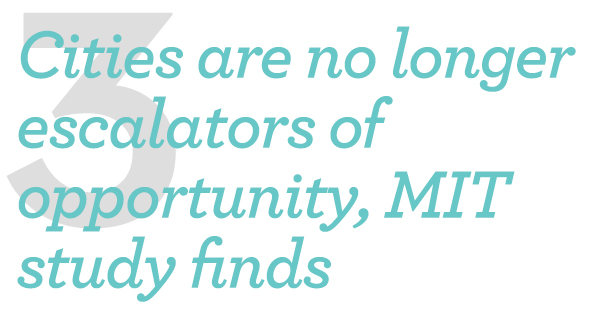
“Superstar” cities aren’t all they’re cracked up to be, especially for Black male college graduates, says a new study from Massachusetts Institute of Technology. And COVID-19 could make matters worse. Cities such as New York, San Francisco, Chicago, and Houston are still good places to work for people in high-paid professions such as banking, but they’re no longer good for people in middle-paying jobs, finds the new study, “The Faltering Escalator of Urban Opportunity” (PDF), by MIT economist David Autor. It was released on July 8 by MIT’s Task Force on the Work of the Future, which Autor co-chairs. The conventional wisdom in economics is that cities provide opportunities that aren’t available in suburbs or rural areas. But Autor says the conventional wisdom is wrong. The problem with cities isn’t just that they’re unaffordable, but that they’re also not very desirable to workers in middle-paying occupations. Administrative and clerical jobs that provided a solid middle-class life in cities have been automated out of existence. And manufacturing, which once supplied a lot of decent jobs in cities, has mostly shut down or moved to less densely populated areas. The remaining jobs in cities are mostly either high-paying ones for highly skilled, specialized workers in sectors such as banking, or low-paying ones in food service, cleaning, security, and the like. Bloomberg

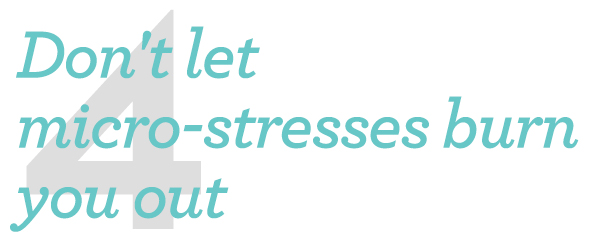
We all have days when we go home exhausted, fall into bed, turn off the light, and drift into a fitful sleep. For some of us, that happens almost every day. You might chalk it up to a difficult project, client, or boss stressing you out. But what you might not realize is that there is much more contributing to that exhaustion. Stress comes to us all in tiny little assaults throughout our day — what we call “micro-stresses.” And it’s coming from sources you might never have considered. The volume, diversity, and velocity of relational touch points (the way we routinely communicate and collaborate with others) we all experience in a typical day is beyond anything we have seen in history, and cumulatively they are taking an enormous toll on our health and our productivity at work. You probably don’t need us to tell you that stress makes you more susceptible to chronic illness and mental health conditions, such as depression. By some estimates, 60-80% of all doctor visits are for stress-related ailments and complaints. Stress is so harmful to employees that the Occupational Safety and Health Administration (OSHA) has declared stress a hazard of the workplace. Stress takes a big bite out of productivity, as stressed-out people tend to make lower-quality decisions and are often less motivated, innovative, and productive in their work. Ultimately, unrelieved stress can lead to burnout, which is characterized by exhaustion, detachment, and poorer performance at work. The problem is that most of us have come to accept micro-stresses as just a normal part of a day. We hardly acknowledge them, but cumulatively they are wearing us down. And what’s worse is that the sources of these micro-stresses are often the people — in and out of work — with whom we are closest. We have identified 12 common “relational” drivers of stress that are likely taking a significant toll on your well-being, without you necessarily being aware of their impact. Until you recognize these sources of stress, you can’t begin to address them. HBR
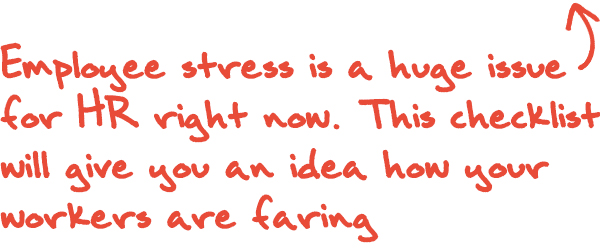
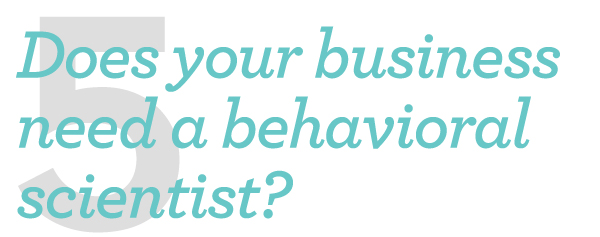
“Education doesn’t necessarily change behavior,” believes Charlotte Blank, chief behavioral officer for marketing and advertising firm Maritz. “Our environment, however, has an enormous effect on our behavior. Therefore, we can use policies and systems to nudge us in the right direction.” That means you might want to consider having a behavioral scientist on the Learning and Development (L&D) staff. Policies of nudging are grounded in behavioral science, a specialty that initially was applied to sales and customer relations. Now it’s also shaping learning and development. The results are compelling. “We see people connect to material faster, ask better questions, and continue using concepts longer when they are presented in the ‘language’ of the learner,” says Hugh Massie, chairman and president, DNA Behavior International. That translates to a 23 percent increase in the adoption of (learned) solutions and a 40 percent performance improvement. Such improvements are why English Blinds, a custom blinds manufacturer in England’s West Midlands, relies on behavioral analysts to review its existing and historical learning programs and to shape future efforts. “Behavioral analysis helped us identify where and why we might lose the attention of a proportion of trainees, the knock-on effect this has, and if it can be recovered,” says CEO John Moss. “The process also identifies why certain approaches result in high levels of engagement for some learners, but are ineffective for others.” In effect, this approach looks forward, simplifying the environment to remove barriers before they deter learning. Training Magazine
